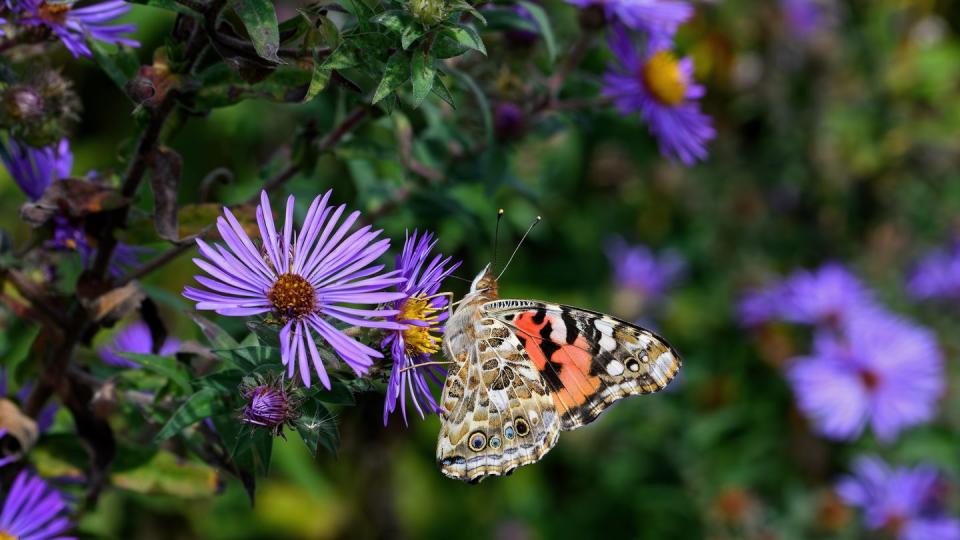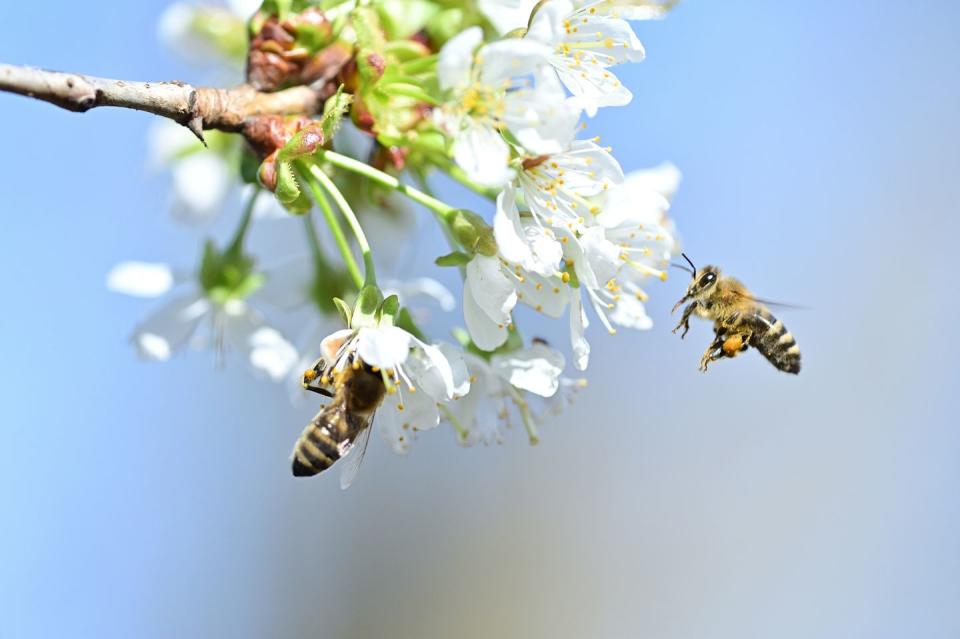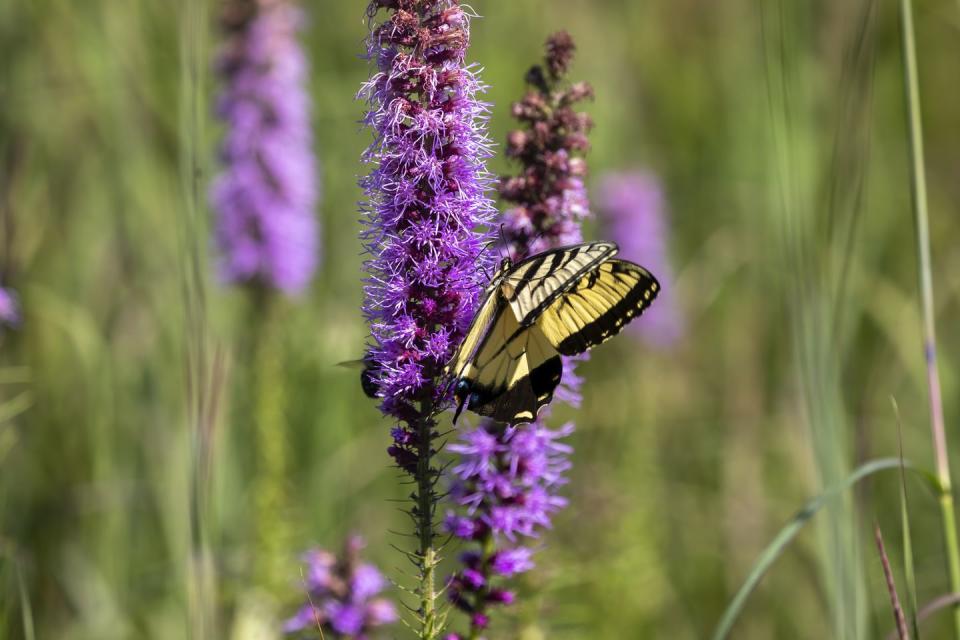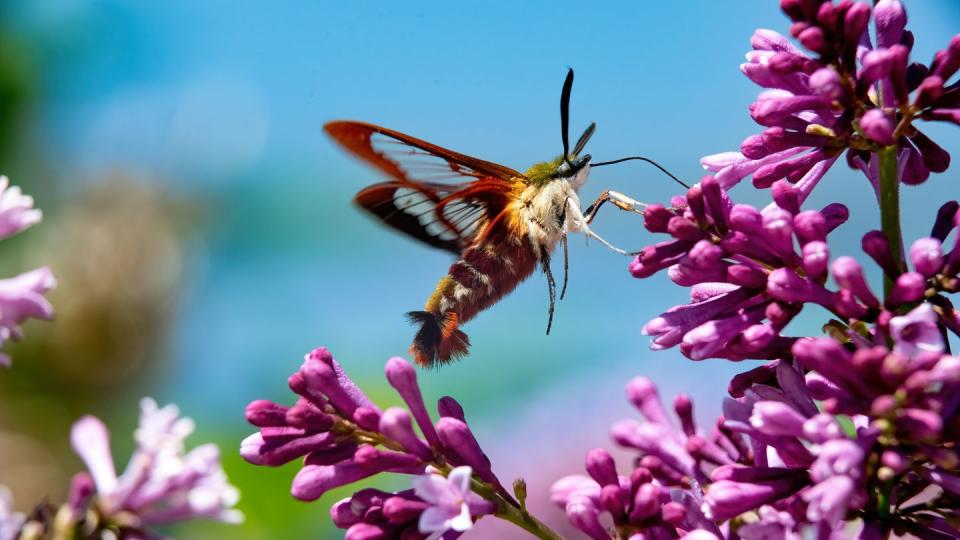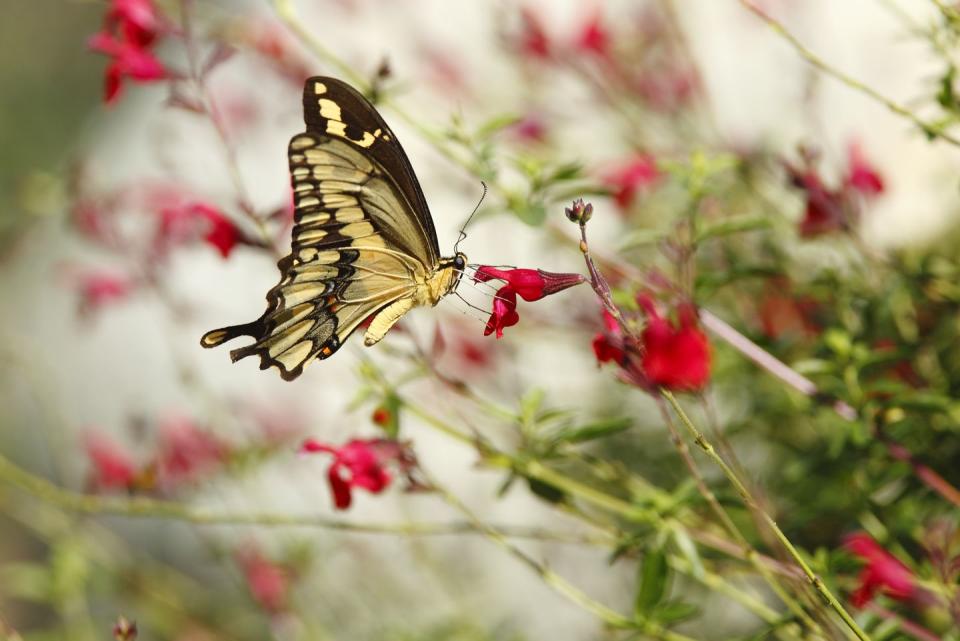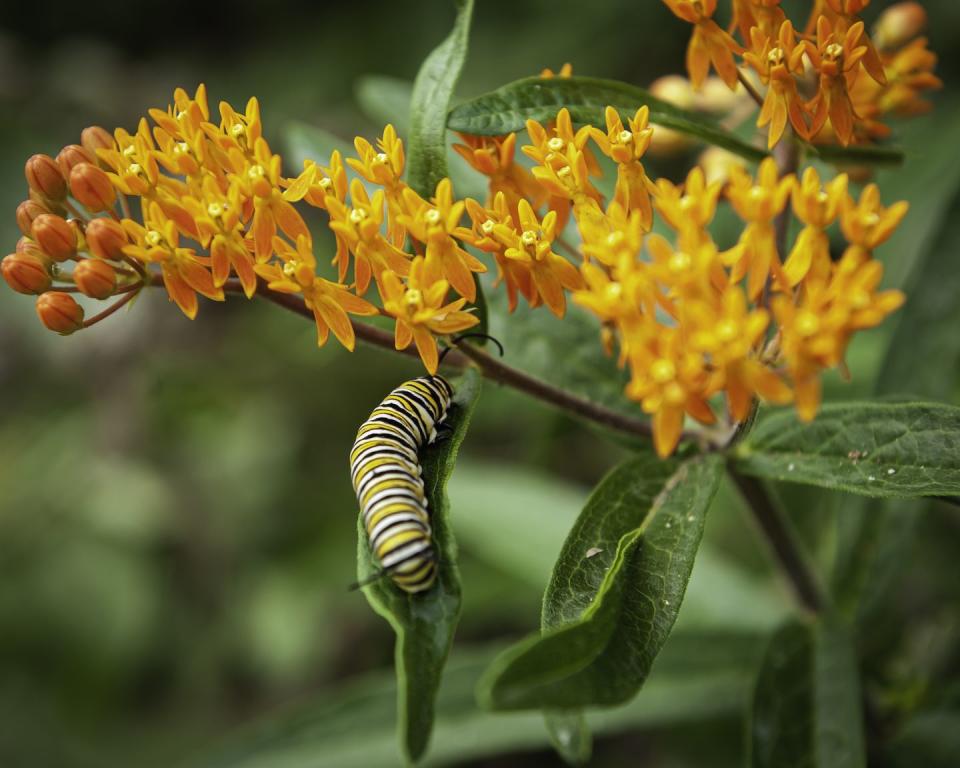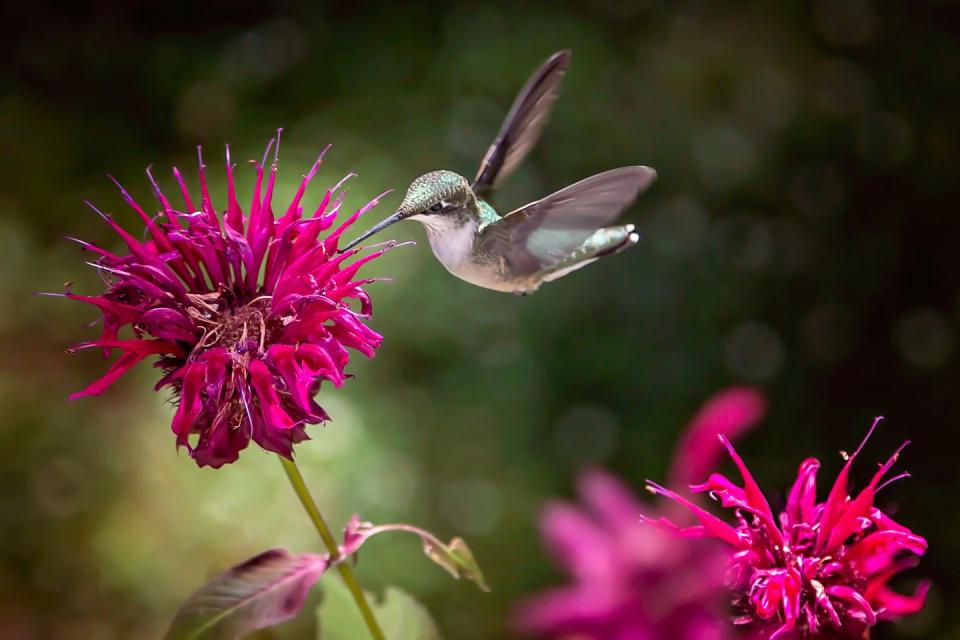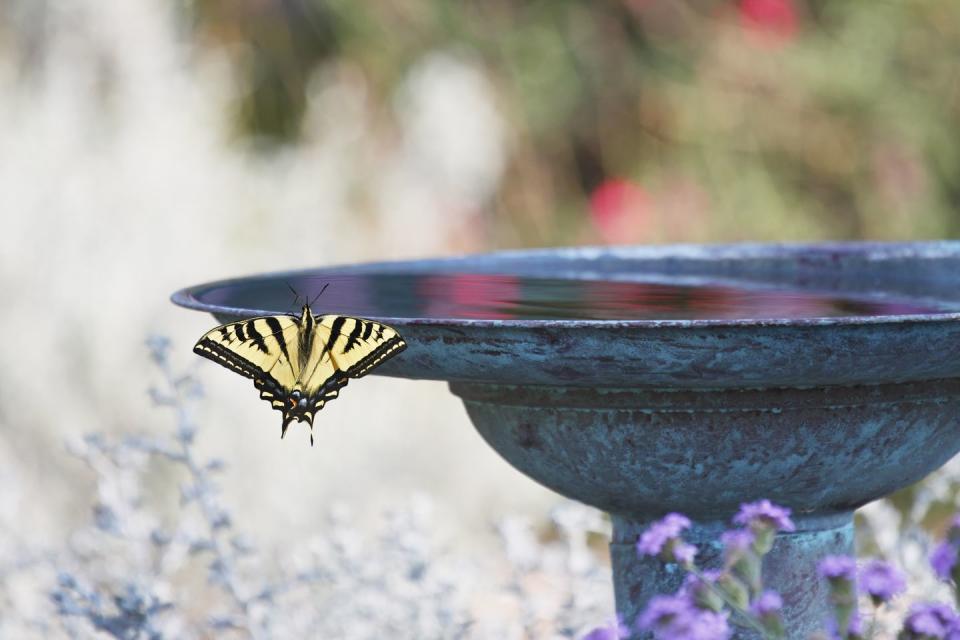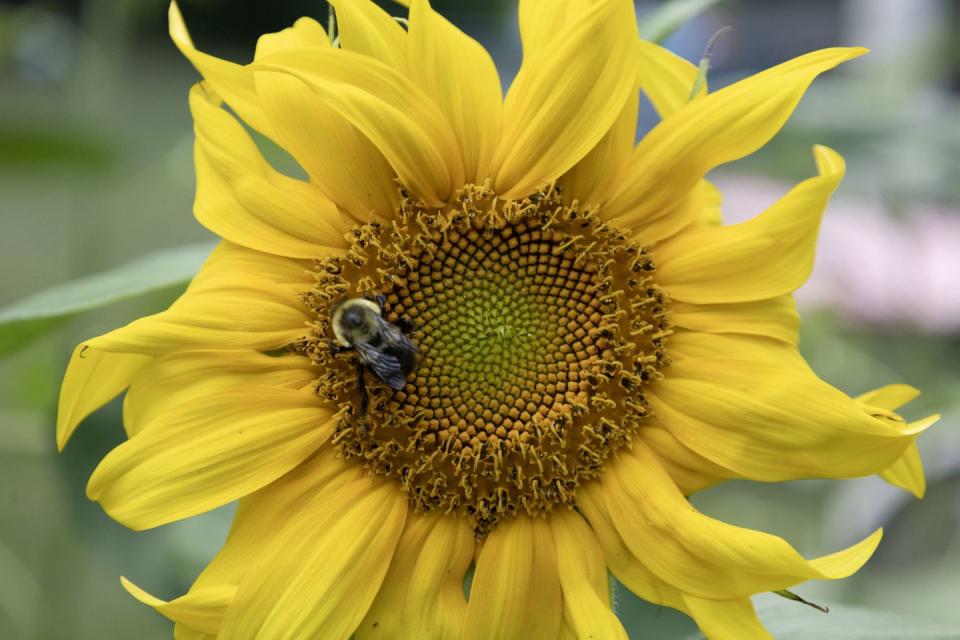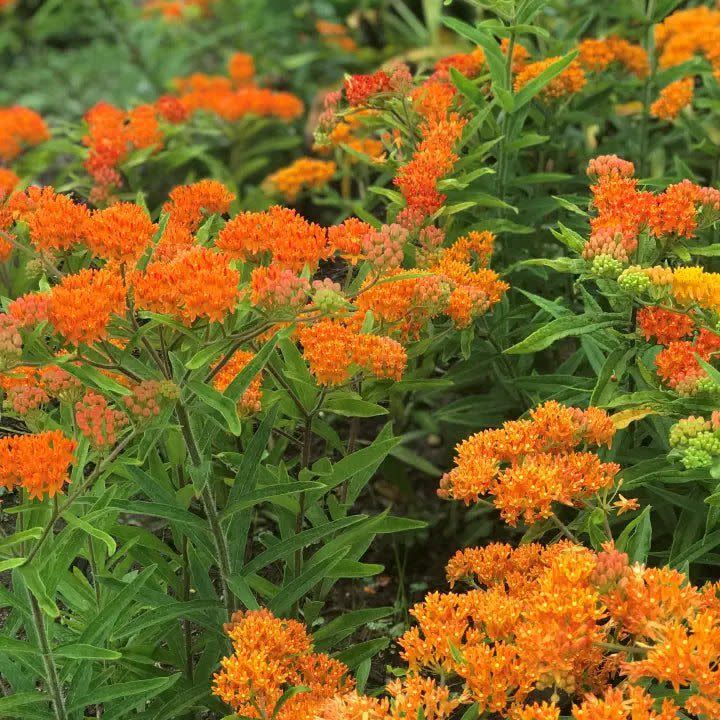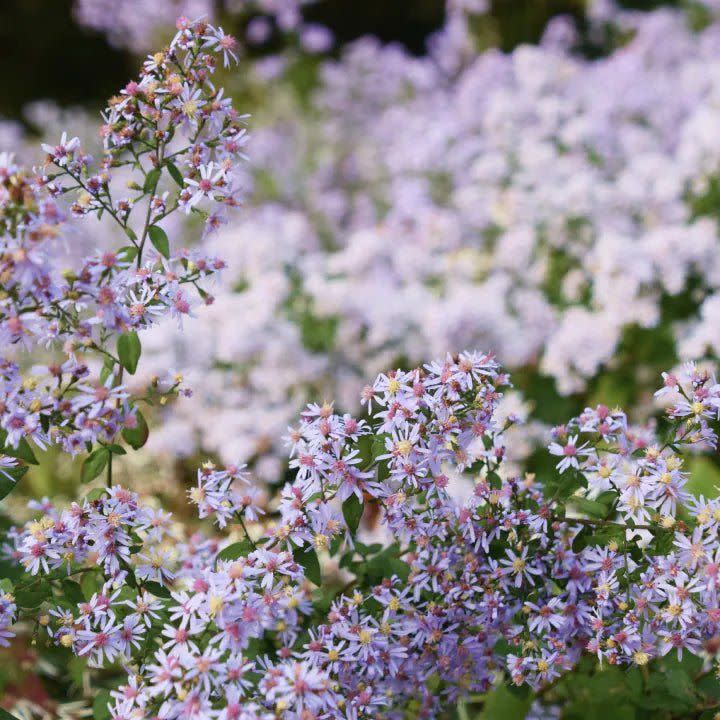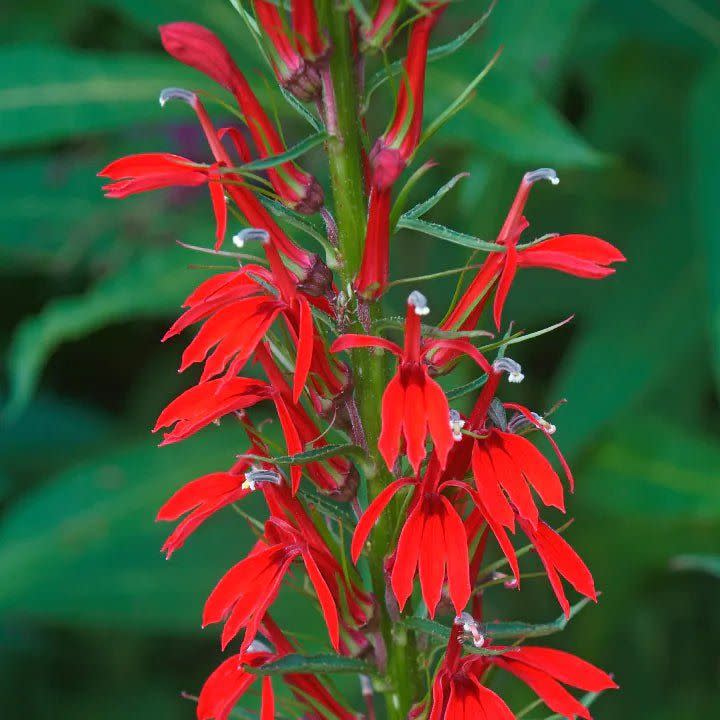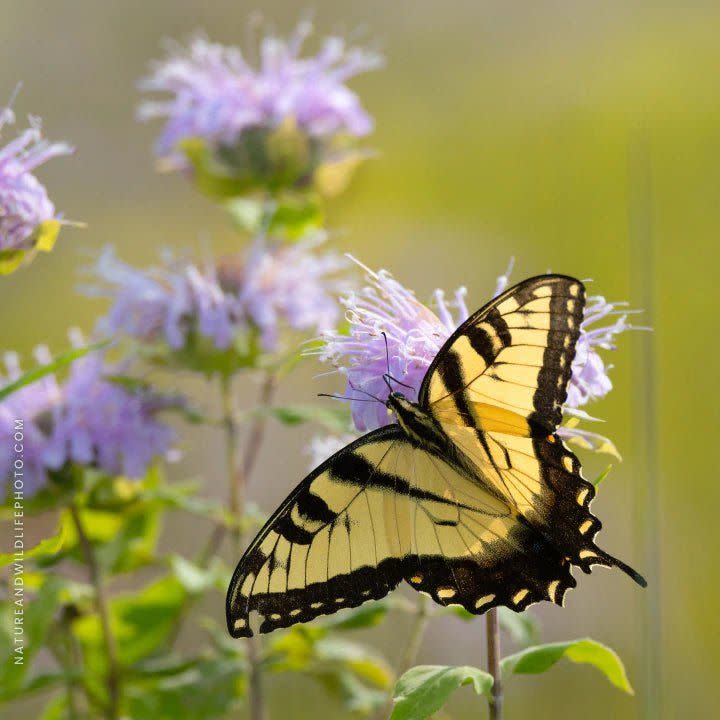[table-of-contents] stripped
If you’ve planted flowers, herbs, or vegetables, your garden already attracts some pollinators. However, you can make your garden even more welcoming by learning how to create a pollinator garden that invites and shelters many different types of pollinators throughout the entire year.
Whether you have a big backyard or a just few pots on your patio, you can create a pollinator garden.
“A pollinator garden is a place where you’re gardening for biodiversity,” says Lea Johnson, Ph.D., associate director of land stewardship and ecology at Longwood Gardens. “You’re giving pollinators what they need, but you’ll also enjoy the seasonal parade of beauty. It’s never the same from month to month.”
Your plants also benefit. “Many popular fruits, nuts, and legumes require pollination, so increasing the number of pollinators that visit your garden can increase crop yields,” says Justine Kandra, horticulturist at the Kemper Center for Home Gardening at the Missouri Botanical Garden.
“A diverse, pollinator-friendly garden also will encourage beneficial predatory insects, such as green lace wings and lady beetles, to take up residence and potentially help control less desirable insects, such as aphids and spider mites,” she says.
What Kind of Pollinators Can I Attract?
Honey bees are the most common pollinator people think of, but they’re not the only ones hard at work in the garden!
“Many species of flies, beetles, wasps, native bees, moths, and butterflies also rely on plants to thrive and will be attracted to a pollinator garden,” says Kandra.
Hummingbirds are considered pollinators, too, because they transfer pollen from flower to flower as they drink nectar, says Kandra. And bats also provide pollination for plants such as figs, dates, mango, and agave, which is used for tequila.
Here's how to create a pollinator garden in your own yard:
Include a Variety of Plants
“Plan a buffet from spring through fall so there are a succession of blooms in every season,” says Johnson. That includes spring flowers such as Dutchman’s breeches, flowering bulbs such as winter aconite, and Virginia bluebells; summer flowers such as butterfly weed, bee balm, and honeysuckle; and fall flowers such as native sunflowers, blue mist flower, and New England asters.
Shrubs and trees including Eastern redbud, serviceberry, button bush, maples, native azaleas and rhododendrons, and American witch hazel also provide habitat, says Johnson.
You also can check out the non-profit conservation Xerces Society’s regional plant lists for pollinators or the National Wildlife Federation's native plant finder.
Add to Your Existing Landscape
While native plants provide the most benefits to pollinators, you don’t have to rip out your grandma’s peonies or your favorite lavender plant. Simply add native plants around non-native specimen plants.
And don’t worry if you don’t have tons of space: “Pollinator gardens can come in any size, from a multi-acre meadow to a few containers on an apartment balcony,” says Kandra.
Read more: 10 Ideas for Growing a Wildflower Garden Wherever You Live
Offer Shelter Sites
In the fall, rake leaves into your pollinator garden to act as natural mulch. This will provide a cozy place for insect pollinators to spend the winter. “Many pollinators overwinter in various places, such as among leaves, old plant stems, under logs, or in rock crevices,” says Kandra. “Avoid cutting down and removing old plant stems in the fall. They serve as nesting sites for certain pollinators.”
Leave Some Open Ground
It’s important to support all life stages of pollinators, including eggs and larvae. For example, many different species of solitary, ground-nesting bees need open ground to lay eggs and overwinter. Let some spots in your garden remain loose, bare soil or sand, or use only a light layer of mulch to create suitable habitat for these bees, says Kandra.
Include Host Plants in Your Planting Plan
Many pollinators don’t eat the same things at all life stages, says Johnson. For example, native milkweed is the Monarch butterfly’s sole host plant. They require it for laying their eggs, which become caterpillars that then feed on the plant, eventually morphing into Monarchs. No milkweed= no Monarch butterflies.
Many other butterflies also require specific host plants. By planting a variety of host plants, you’re more likely to attract and support many different types of butterflies.
Plant Flowers Hummingbirds Love
If your goal is to attract hummingbirds, they gravitate toward red or orange flowers with a tubular shape. It’s best to plant large swaths of flowers, rather than one here and there, to catch their attention.
Provide Water
A shallow dish or bird bath with a few stones in your pollinator garden will allow bees and wasps to perch safely and access fresh water, says Kandra. A shallow pan filled with sand and kept moist will create a “puddling” area where butterflies will come to sip. Change the water frequently.
Minimize Pesticide Use
Of course, pesticides are not selective, so anything you use can also harm the pollinators in your garden, says Johnson.
Pesticides may come in direct contact with pollinators, or they may pick up pesticide residue when they walk on treated plants or when seeking nesting material or nesting areas.
When possible, avoid the use of insecticides. Remember that even “natural” or organic products can harm pollinators, so be prudent and sparing in applying anything to control pests or weeds, says Johnson.
Orange Butterfly Milkweed
Blue Wood Aster
Cardinal Flower
Bee Balm
You Might Also Like
